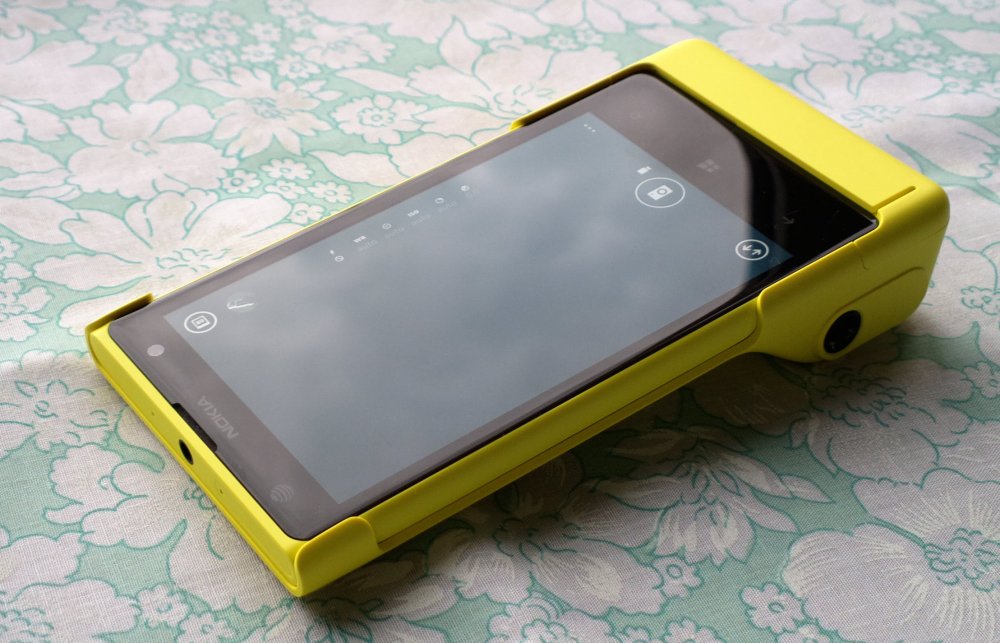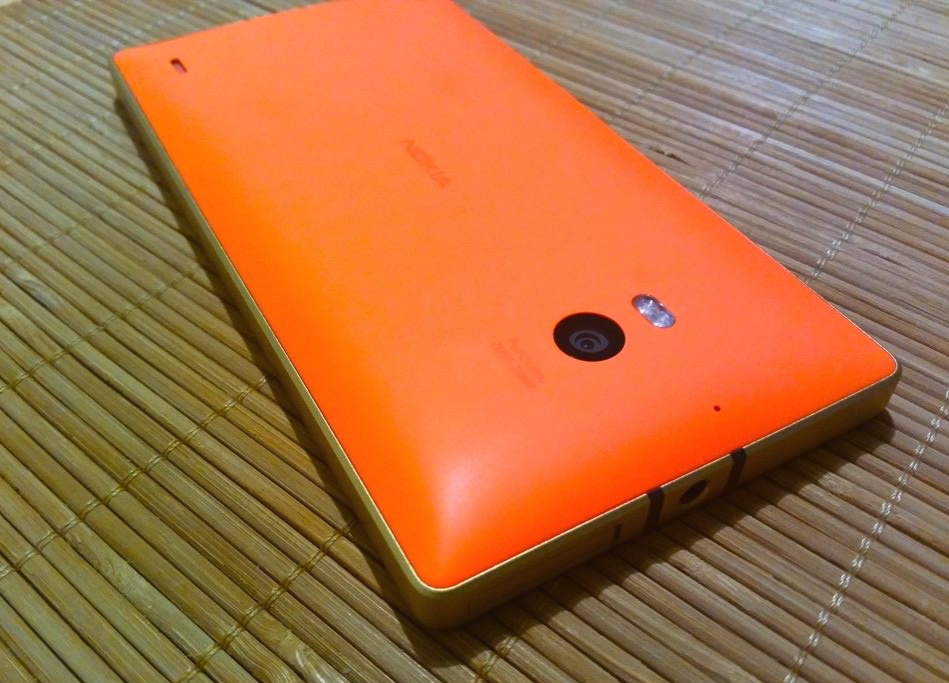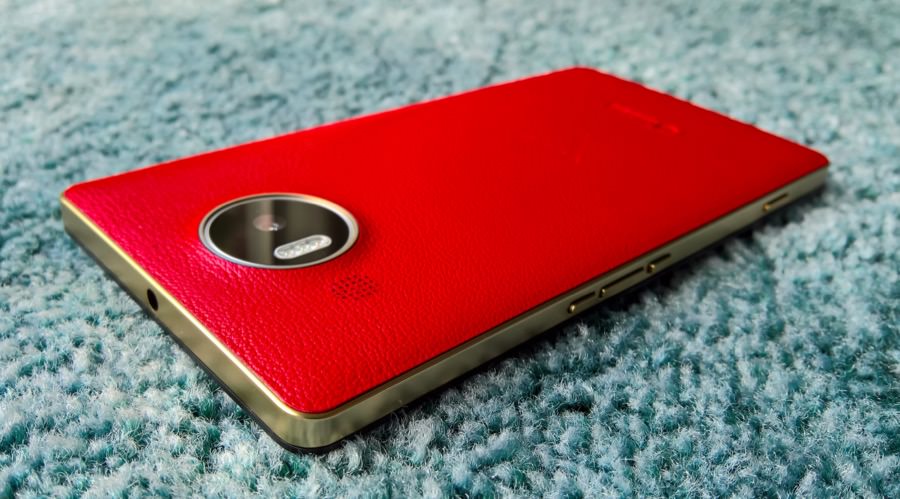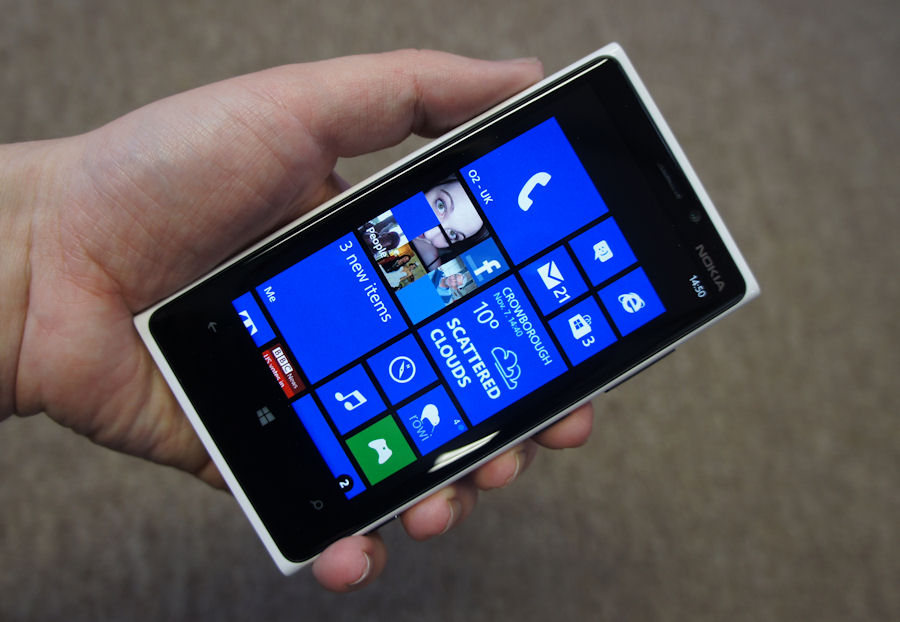In fact, the reasons aren't complicated or earth shattering - and they have nothing to do with the OS per se. But they are worth sharing, if only to make the average AAWP reader think "Oh yes, me too"!
Materials, materials
From 2012 until 2017, a Windows phone had my main SIM in and went everywhere with me. From Lumia 920 to 1020 to 930 (briefly) and then 950 XL, cases were a long way from my mind. In contrast, most modern phones away from the budget end of the market - think £250 or more - absolutely require a case day to day because either/or:
- their rear face is glass
- the device cost is so prohibitive to repair or replace
Often both, as in the case of the two phones linked above. Replacing the screen or back glass of a typical metal and glass 'sandwich' design is horrifically expensive. In the extreme, the replacing a cracked screen on my iPhone 12 Pro Max would cost £316 and replacing the rear glass would cost an incredible £566! Although costs for most phones are slightly cheaper, you can easily see why a £10 TPU case to help with grip and provide some protection for impact on the ground is a very, very good idea. (If you'd like to see yet more case roundups, here are mine for the iPhone 12 Pro, the Pixel 4a 5G, the Pixel 5, and the Sony Xperia 1 II.)
In contrast, let's look at those classic Lumias:
- Lumia 920. A plastic (sorry, 'polycarbonate') unibody, the 920 was legendary for its solid construction and 'Fabula' design language. The plastic was coloured all the way through so that a slight scuff from a drop on the ground wouldn't show too badly. And the use of shock-absorbent plastic itself, along with reasonable bezels, meant that the screen was protected enough not to have to worry about a case - making the phone no larger in the pocket than its physical dimensions. I did experiment with cases, e.g. this one, but only really for review here, they were largely superfluous.

Photo from my debate over whether 925 or 920 were better! (The 920 is on the right/bottom, here in white in Rafe's stable. Mine is bright red!)
- Lumia 1020. Also built with the coloured plastic (in yellow or black) and Fabula design language, much the same applies to the classic camera phone champion. This was my main phone for over two years (PureView imaging, zoom, Xenon flash, etc.) and the only times I ever seriusly played with cases were for functional reasons, adding Qi charging, and adding a DSLR-like grip and extra battery. Otherwise, the smooth plastic and relatively compact form factor meant that the 1020 was easily pocketable and never in practise dropped.

The now rare CC-3066 Qi charging shell for the Lumia 1020. Thankfully, I now have one in yellow to match the phone!
The even rarer PD-95G Camera Grip case for the 1020 - oddly, the one I now possess is black (no idea what happened to my yellow one!)
- Lumia 930. A sealed plastic back on an aluminium frame, the 930 was a little different, but still very solid in the hand. In contrast to the plastic of previous Lumias, the metal felt so reassuring that I don't believe I even tested a case for the device, let alone used it. The (non-painted, crucially) aluminium did pick up a few small scratches and dents, but then that's what a metal frame is for, eh?

Alvin's somewhat eye-catching, slightly DIY gold and orange Lumia 930!
- Lumia 950 XL. Into the era of Windows 10 Mobile then, with one of the last great removeable back designs of the last decade. The surround and back were all plastic and easily swappable in seconds. So, quite literally, any damage to sides or back are fixable by buying a new back cover. Mozo, famously, even made their own back covers from natural materials, see the features here and here. Not since the days of the earliest Nokias, 20 years previously, had I been less inclined to research or buy cases, to fit on top. True you could still smash your Lumia's display if you drop it and are unlucky, but the risks always felt very low to me, helped by the flat side of the 950 XL making gripping it very easy.

One of my striking Mozo replacement plastic backs from the 950 XL. In terms of ruggedness, the painted sides did wear after a while, but then in theory one could just buy a brand new one for £20 or so...!
As a side note, there was indeed one Windows phone which I couldn't use without a case. It's the Alcatel IDOL 4 Pro and I still have it in front of me. It's so slippery with its glass back that it - quite literally - slides off a flat desk and onto the floor. So when on the desk, the naked phone has to be wedged on top of something uneven or soft! The solution with this is indeed to have a case and I did a round-up here. As we know from modern iOS and Android phones, it's the glass back that's the killer.
Begging the question of why manufacturers persist with the thinking that more glass is better, that more glass is more premium. Maybe a glass sandwich does indeed cost more, but I'd argue that it's a functionality downgrade. Witness the superb Galaxy S20 FE recently, with everyone praising its value proposition and its plastic back.
Size matters
Lumia 1520-aside, most of the Lumias I've used have been sensibly sized - or what modern 2021 users would call 'compact'! I realise that materials were a dominant factor in going caseless, but having phones which could safely be gripped in one hand, even walking or jogging, also made a difference. My rule of thumb is that one should be able to close a hand around a phone and the thumb and middle-finger should be able to touch. Larger than this and any grip won't be complete. And yes, I realise that my current iPhone 12 Pro Max fails this test - which is why it lives 24/7 in a case! (I also realise that my 950 XL fails this test, but then the aforementioned materials and changeable backs ameliorated things here.)
Holding my 1020 again - or Rafe's 920, shown below - is so satisfying in terms of grip and the way my hand wraps around the form factor.

Cost
Purchase price can't be ignored here. At launch, back in 2013 or so, even the flagship Lumia 1020 was 'only' £550, while today's top end models are regularly over £1000. Yes, there's inflation to consider, but not to that degree. Phones genuinely can be more expensive nowadays - and yet more fragile across the board.
When you spend £1200 on a smartphone and then realise that what you're holding in your hand, a mere metre above cold hard tarmac or concrete, is innately fragile and liable to smash expensively when the two come into contact, the decision to invest another tenner or so in a layer of shock-absorbing plastic case is easy.
When your Lumia (of the time) cost, say, £300, and when the materials and size are such that a drop is less likely and any contact is unlikely to be fatal, then the decision to case the phone is/was very different.
Bringing things back to the current day, it's not just that Galaxy S20 FE, there are in fact many really decent phones under £500 with plastic construction still. They don't cost the earth and when they hit the dirt, they err... bounce!
__________________
Comments and data points welcome though - did you ever case a Lumia, and if so, with what? Or did you largely do what I did and use Lumias as God Nokia intended, naked as the day they were born?
